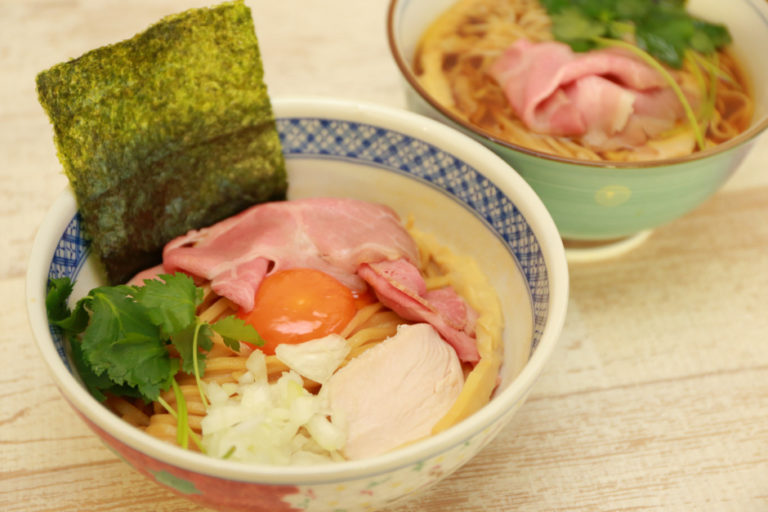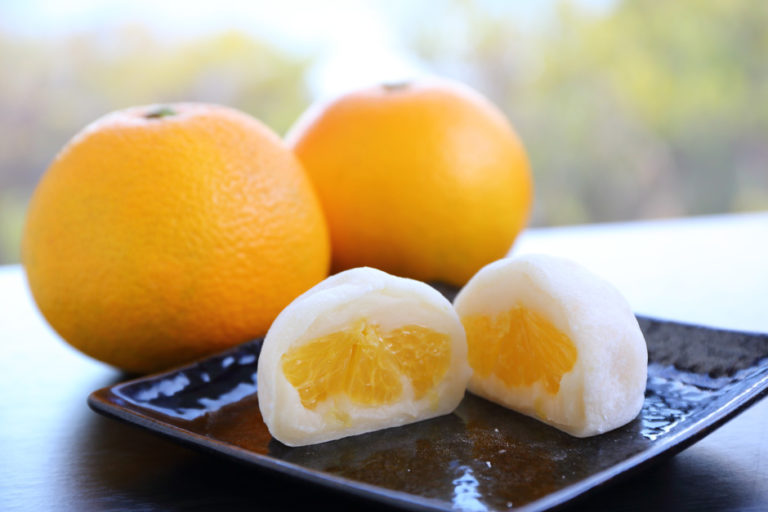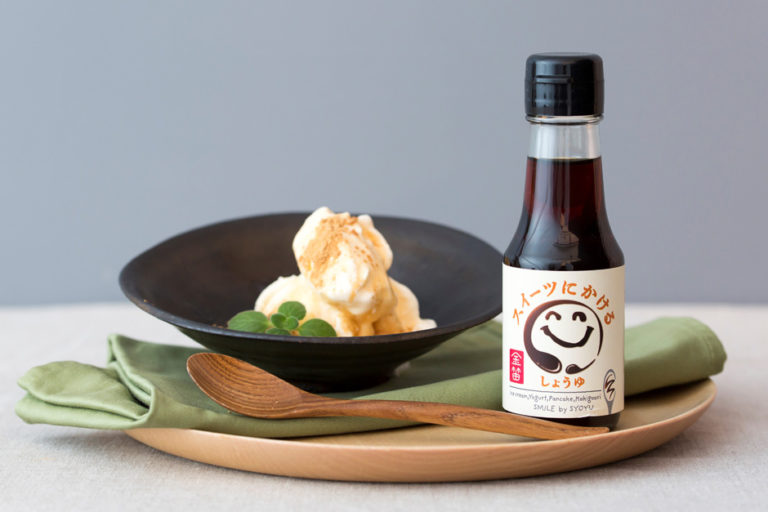Aromatic Sansho Pepper, Grown with Local Love
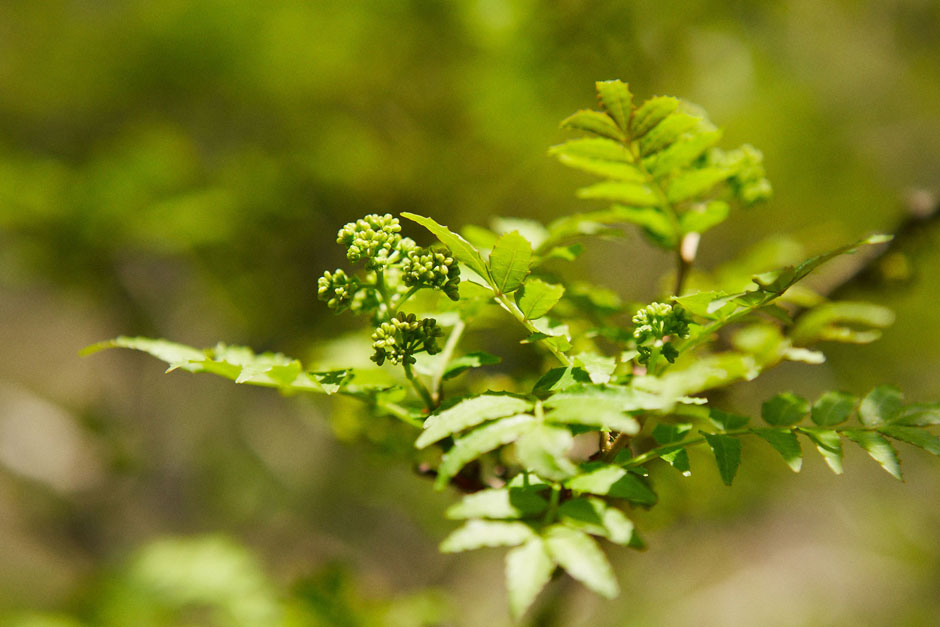
Compared to regular sansho, Asakura Sansho has a milder spiciness, and is also renowned for its unique, rich aroma. As well as being a staple in high-class Japanese restaurants, in recent years its use has also spread to three-star restaurants in Europe.
Asakura Sansho: A rare gem born from a low upland area

Yabu City, where Asakura Sansho is grown, is a low upland area with a population of around just 25,000 people (as of April, 2015), situated in the Tajima region in the north of Hyogo Prefecture.
Hyo-no-sen, the highest mountain in Hyogo Prefecture, can be seen to the west, and the area possesses abundant natural features: over 80% of it is made up of mountains and valleys. In 2014, the area was designated as a National Strategic Economic Growth Area in the field of agriculture, and has thus been attracting attention as an up-and-coming region.
We spoke to Nobuo Ibaraki of the Asakura Sansho Association about Asakura Sansho.
“There are male and female sansho trees, and only the females bear fruit. The male trees flower between April and May, and their pollen fertilizes the female flowers, which then bear fruit in early summer (late May).”
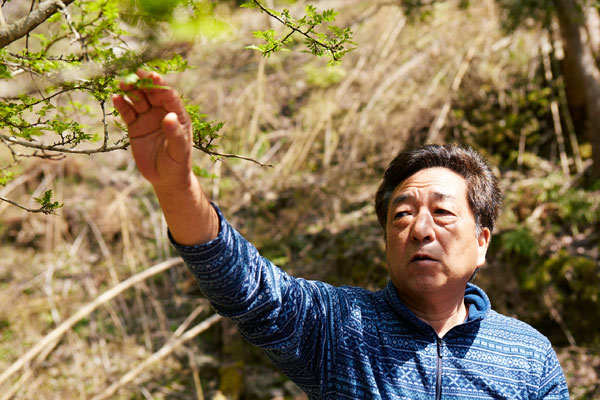
The leaves, flowers, and fruits of sansho are all used, and hardly anything goes to waste. In particular, the male flowers?known as “hana-sansho”?only bloom for around seven to ten days each year, and they are a luxury ingredient that rarely appears on the market.
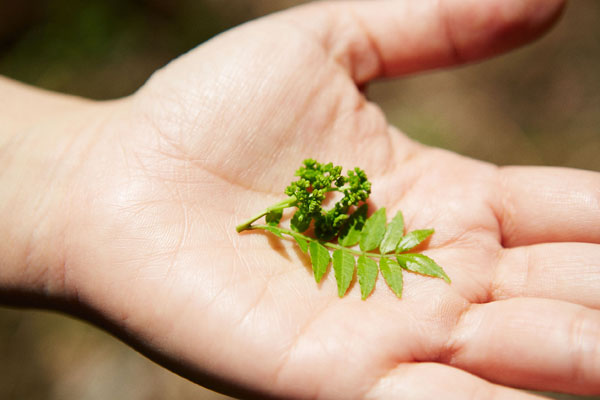
Ibaraki showed us to where the wild Asakura Sansho trees are. Atop a small mountain, inside the grounds of an abandoned temple, grow the male and female trees.
The male trees here are said to be some 40 years old. Their trunks are thick and their leaves lush, belying their wild growth, and flower buds have just appeared at the tips of their branches.
“Once the hana-sansho flower, they become less flavorsome, so they’re eaten while they’re still buds,” explains Ibaraki.
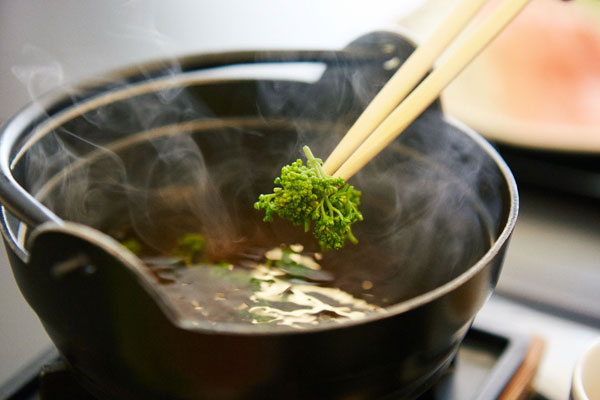
He picks one of the buds and taps it lightly in his palm, and a strong, herb-like aroma wafts around us. Hana-sansho has a spicy kick and a fragrant taste that fills the mouth, and is used by the local people here as a garnish for meat and fish, and as an ingredient in shabu-shabu.
Saplings created over 30 years
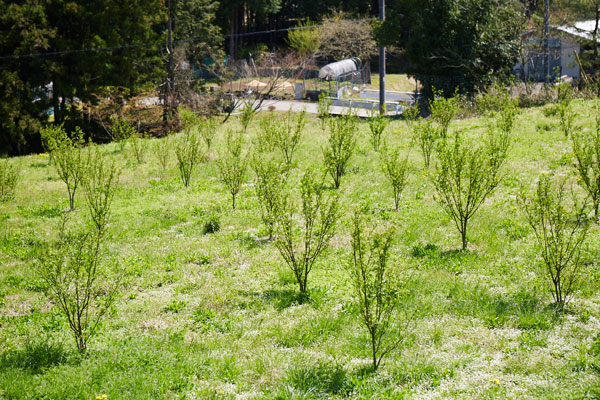
Asakura Sansho has a long history, and records show that it was presented to Ieyasu Tokugawa as a medicine over 400 years ago. It was once a gift presented to daimyo (warlords); a luxury item never tasted by the common people.
However, despite its 400-plus years of history, it was only very recently that Asakura Sansho became known as a local specialty, explains Ibaraki.
“There was a city initiative to grow the historic Asakura Sansho as a local specialty, and they contacted the Asakura Sansho Association, which was already active locally. However, Asakura Sansho is tricky to grow, and the trees die easily, which made it very difficult to cultivate in bulk.”
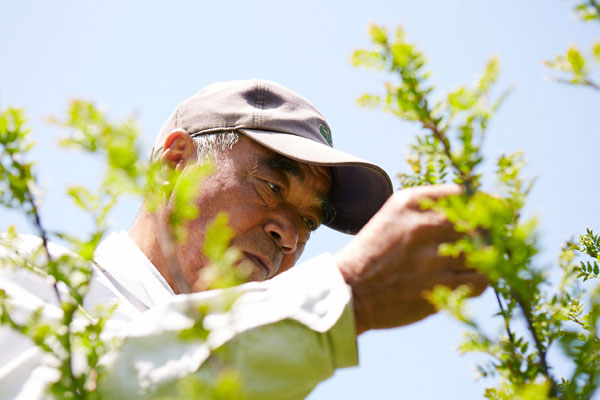
Akira Saiki, head of the Asakura Sansho Association, told us about the difficulties they encountered.
“The Asakura Sansho Association was founded in 1977. Back then, there was no documentation available regarding Asakura Sansho cultivation whatsoever, and we researched how to sow the seeds and so forth from scratch, by talking to elderly people in the area.”
A group of four or five young people in their 30s, including Saiki, spent a year cultivating new land from abandoned farmland that had been left to go to ruin.
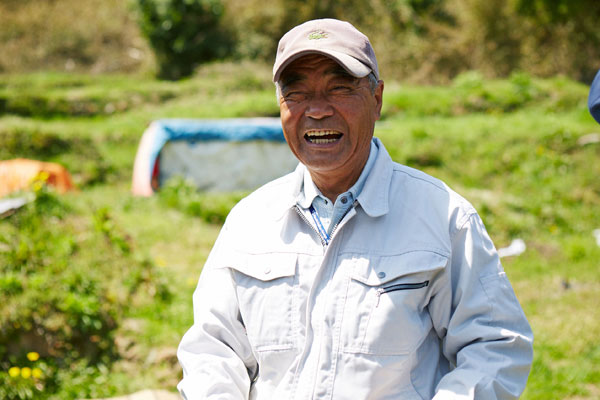
Next, in order to combat Asakura Sansho’s weaknesses?its shallow roots and propensity to dying easily?Saiki and the others searched among the sansho trees growing wild in the mountains for ones with strong roots, and sowed seeds from these trees.
“We had a very hard time getting seeds from trees with strong roots to sprout. When we did get some trees to grow, the next problem was that they hardly bore any fruit. We persevered, and eventually?through mutations?were able to grow trees that bore lots of fruit. Then, we grafted (a propagation method where two or more plants are artificially combined into a single plant) those trees together, grew them again, and then repeated the process. Sansho trees are said to generally die in four or five years, so we had to wait for five years to find out if what we were doing was working. Around ten years after we started the initiative, we finally had trees that would bear 50 or so fruits.”
It apparently took another ten years to produce trees that would bear around 100 fruits, and it was only five or six years ago that they were finally able to produce stable saplings. It was around this time that they met with Ibaraki and first discussed the idea of growing Asakura Sansho as a local specialty.
Area-wide sansho cultivation
As the Asakura Sansho brand was being developed, Saiki began an initiative to distribute the saplings they had grown to the people of Yabu City for them to cultivate.
Yabu City has a serious problem with young people leaving the area and its population aging, so Asakura Sansho cultivation was suggested as a new job for retired people.
“Thanks to Saiki’s many years of research, it was now easy for local people to grow sansho, and it was possible to implement his plan. The process has been very gradual, but the number of families growing the trees is increasing. If this initiative spreads further, not only will it help conserve Asakura Sansho, it will also provide an income for local people, and revitalize abandoned farmland. We’re now in a position where sansho can be grown stably, so our next task is to expand sales outlets and develop processed food products,” explains Ibaraki.
The range of possibilities offered by Asakura Sansho
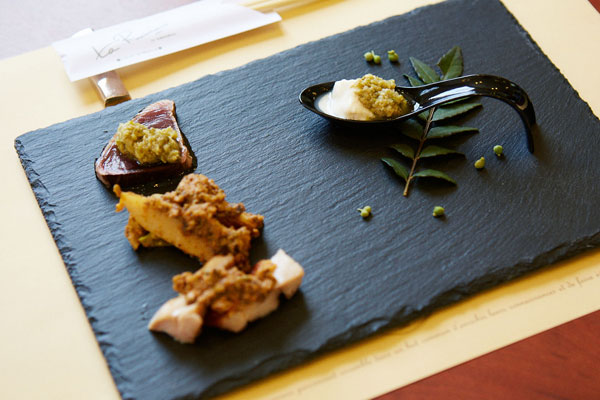
Throughout Yabu City, new processed food products using sansho are increasing.
At Patisserie Cafe Katashima, which has its main branch in Yabu City, tapenade?a traditional dish from the South of France?with sansho is being sold as Asakura Sansho Tapenade. This product goes extremely well with meat, fish, and tofu, and shows us a new way of enjoying sansho.
“Some people like the strong kick that sansho gives, but others don’t. By mixing it with a variety of other ingredients, we can regulate its spiciness, which I think will help us to introduce it to a wider range of people,” explains Yoshinori Hirouji, head chef at Katashima.
It is the gentle spiciness that Asakura Sansho possesses that allows us to enjoy it in union with other foods.
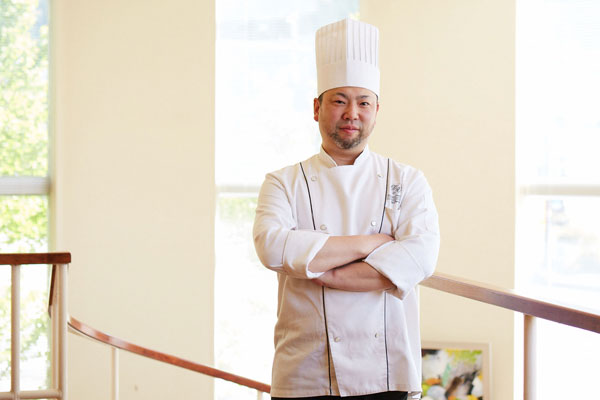
What’s more, the Hata Specialty Growers and Shippers Association, run by local people from the Hata area of Yabu City, has developed Sansho Miso, sansho mixed with dark- or light-brown miso, and Sansho Genovese Sauce, which replaces basil with sansho.
These products are sold at roadside stations and so forth, and have gone down very well with tourists, playing an important role in raising the profile of Asakura Sansho.
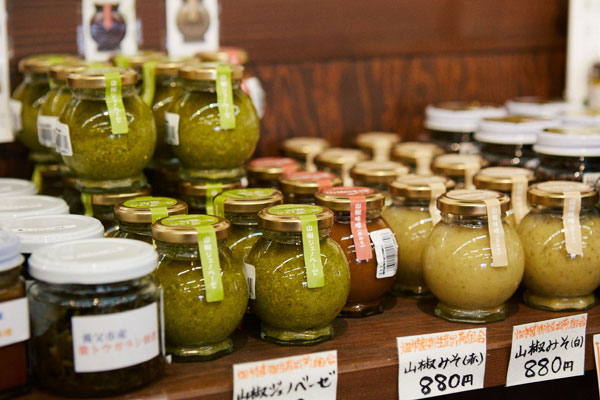
Originating from Yabu City, the uses for sansho are wide-ranging: from those rooted in the local area, to truly global ones. The different ways of enjoying Asakura Sansho, which have been tantalizing taste buds around the world, look set to only increase.
This daring attempt by Yabu City, a low upland area with a population of just 25,000 or so people, has created a food that has captured the hearts of people around the world, while at the same time crafting a new future for Japan’s agriculture.

